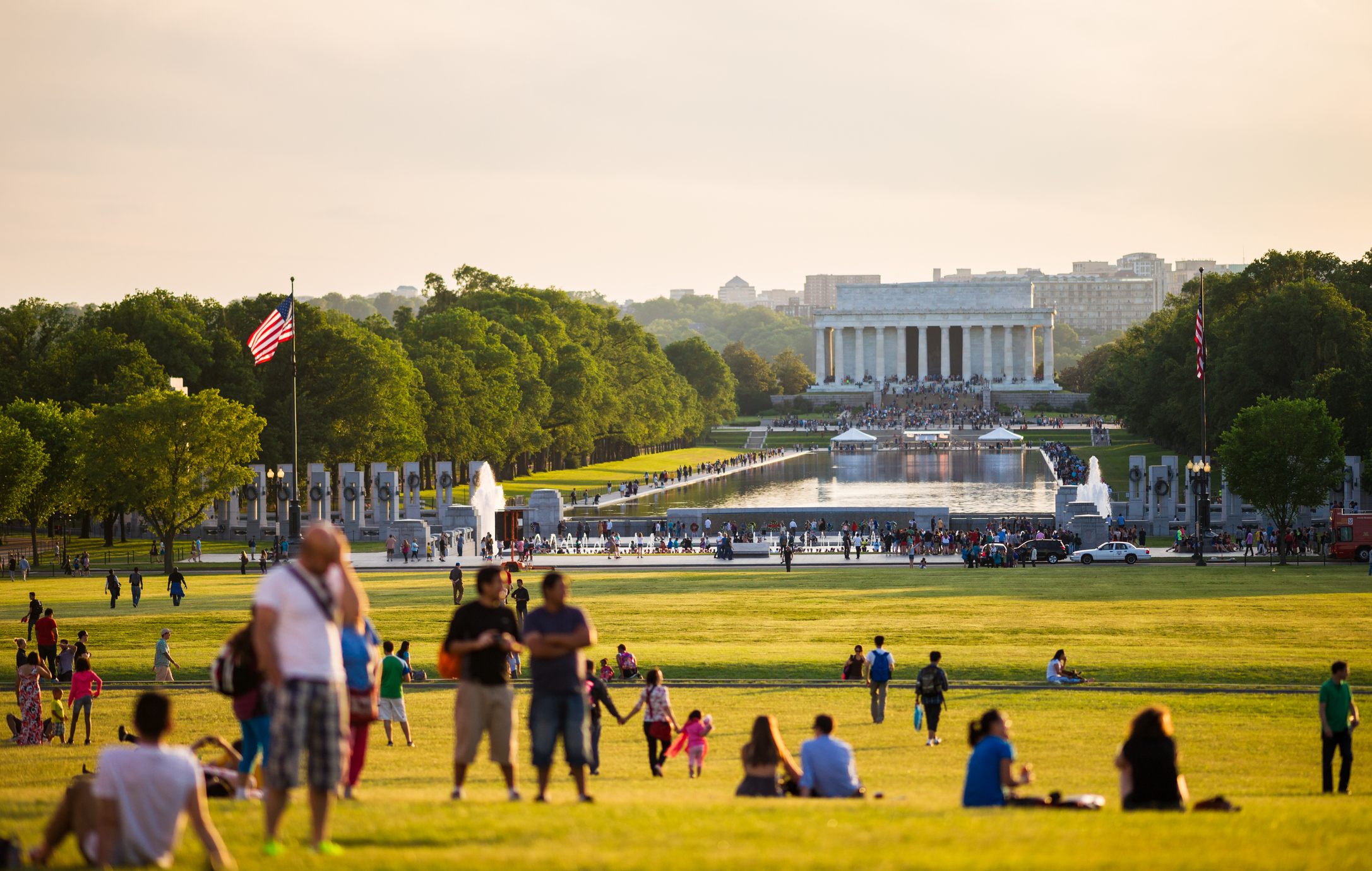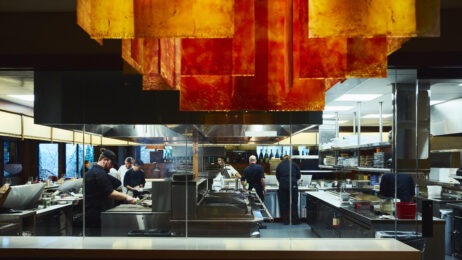On May 4, Washington, D.C., Mayor Muriel E. Bowser and Destination DC President and CEO Elliott L. Ferguson came together at Union Market for its annual Travel Rally, held during U.S. Travel Association’s National Travel and Tourism Week—which happened this past week—where they discussed the region’s forecast and data from 2021.
While there was plenty of great news about D.C.’s visitation level, it still isn’t as it used to be.
Research by MMGY Travel Intelligence, HIS Markit, Travel Market Insights, National Travel & Tourism and U.S. Department of Commerce found that in 2021, D.C.’s domestic visitation was 18.8 million—a 44% increase from 2020, but a 17.5% decrease from 2019—and supported 57,933 local jobs. Before the pandemic, the district saw 24.6 million visitors, 1.8 million of which were international.
“We’re focused now on making sure people know D.C. is open and bringing [those] tourists back,” said Mayor Bowser. “And while tourism is good for our economy, this is also about bringing people back together and enjoying all the things that make living in and visiting our beautiful city a great experience.”
Mayor Bowser is hopeful, but it may be some time before those tourists come back in full swing. According to U.S. Travel, overseas visitation will likely not reach 2019 levels until 2025.
But over in Europe, travel between countries is expected to come back a little sooner. According to SchengenVisaInfo.com, which focuses on the EU passport-free zone which cover most of the European countries, international passenger numbers are expected to surpass pre-pandemic levels in 2023; in 2022, it’s expected to recover 88%, as compared to 2019.
Read More: Carina Bauer: European IMEX Marks Return to Normal
“Travel is crucial to driving an economic and jobs recovery here in DC and in communities around the country, but such a recovery is only possible if all sectors of travel come back quickly and evenly,” said U.S. Travel Association President and CEO Roger Dow. “International and business travel, in particular, have been slow to return, and [the Travel Rally] highlights the need to advance policies to more broadly reopen travel and restore all components of this industry.”
In 2022, D.C. is scheduled to have 19 citywide conventions, bringing in an economic impact of $265 million. Participants of these conventions will have newly Michelin Guide christened restaurants to go to, as well.
Four of the 24 restaurants recently added to the Michelin Guide list are based in D.C.: The Middle Eastern Albi, Latin American Imperfecto, vegetarian Oyster Oyster and Reverie, which serves contemporary Mid-Atlantic dishes. In all, the D.C. area now has 40 One Michelin Star restaurants. Despite the district seeing relatively low visitation, this can serve as a testament to continual investment in its hospitality sector.
Much like D.C., Cincinnati has not yet reached 2019 levels, but its visitation is trending positively. According to Andy Conklin, executive vice president of sales and marketing for Visit Cincy, the city is fully open to groups without any restrictions.
“Our inquires for new group meetings and events is steadily increasing including the corporate market which is very beneficial in the short term,” Conklin said. “As for our larger group conventions, the attendance is also improving nicely, but not quite back to the 90%-100% range since some travelers still have restrictions based on their company or geographic location. Additionally, offering virtual or hybrid options is still popular and can encourage some attendees to join remotely instead of in person.”
Read More: DI Study: Gen Z Doesn’t Believe There Are Good Jobs in Tourism Industry
Cincinnati recently held two events in the city: Zeta Phi Beta Sorority Inc., founded at Howard University, at the 750,000-square-foot Duke Energy Convention Center and the National Black Marathoners Association at the National Underground Railroad Museum’s Harriet Tubman University. Cincinnati is also scheduled to host Zeta Phi Beta Sorority’s International Boule conference, estimated to bring in more than 3,000 attendees, accounting for $5.3 million dollars to the region.
“Occupancy is Cincinnati is not back to 2019 but it is getting much closer,” Conklin said. “In addition to the group trends mentioned, leisure is very strong and thankfully business travel is starting to increase, which really helps midweek and is the contribution needed to get back to 2019 levels. However, ADR (average daily rate) is growing significantly, which is lifting overall RevPar much closer to 2019, [but we’re not] not quite there yet.”




